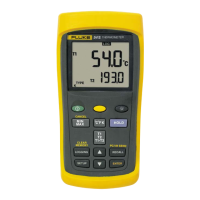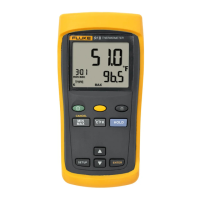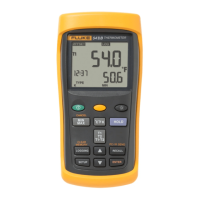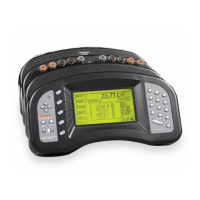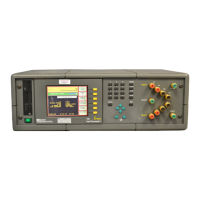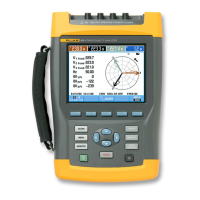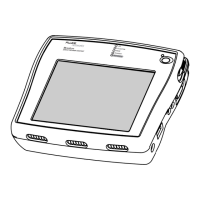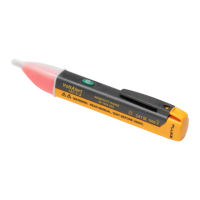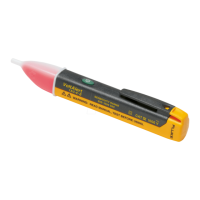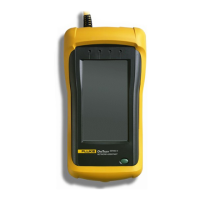
Do you have a question about the Fluke Series II and is the answer not in the manual?
| Brand | Fluke |
|---|---|
| Model | Series II |
| Category | Thermometer |
| Language | English |
How the Network Assistant searches for and identifies devices on the network.
Covers elements of Central Setup not in the Getting Started Manual.
Configuration of IP addresses for the Network Assistant.
How to use DHCP to automatically obtain an IP source address.
Performing comprehensive cable tests including length, split pairs, and wiremap.
Detecting and understanding split pairs in twisted pair cabling.
Interpreting results for cable length and identifying faults.
Verifying pin-to-pin continuity and identifying wiring errors.
Explanation of Time Domain Reflectometry (TDR) for measuring cable length.
Using the Fluke Fiber Optic Meter (FOM) to test fiber optic cables.
Steps for measuring optical loss after setting the reference.
Procedure for measuring the output power of fiber optic signals.
Verifying the correct operation of an Ethernet (10 or 100 Mbps) adapter card.
Verifying connectivity between the desktop, hub, and servers.
Test to determine if a device is attached at the far end of a cable.
Performing a trace route to a target IP address to view the path.
Initiating IP and NetWare ping tests to verify network connectivity.
Steps for setting frame length and initiating ping tests.
Pro feature to quickly verify connectivity to important network resources.
Understanding ping results, considering packet loss and path.
Pro feature providing network information for device configuration.
Pro feature to determine the switch and port where a station is connected.
Searching for a station's MAC address within switch forwarding tables.
Searching for a station's IP address to determine its MAC address.
Overview of the Internetwork Throughput Option (ITO) for testing network bandwidth.
Description of the double-ended bandwidth test using two Network Assistants.
Explanation of how the ITO and xDSL throughput tests function.
Step-by-step actions during ITO and xDSL throughput tests.
Connecting and configuring two Network Assistants for a throughput test.
Viewing the final results of the throughput test.
Using Traffic Generator to simulate network traffic loads.
Generating IP traffic to a specific device or network, possibly across routers.
Transmitting ICMP Echo Request traffic to test network devices.
Feature allowing remote viewing and interaction with the Network Assistant via web browser.
Method to determine cable length, impedance by transmitting and examining pulses.
